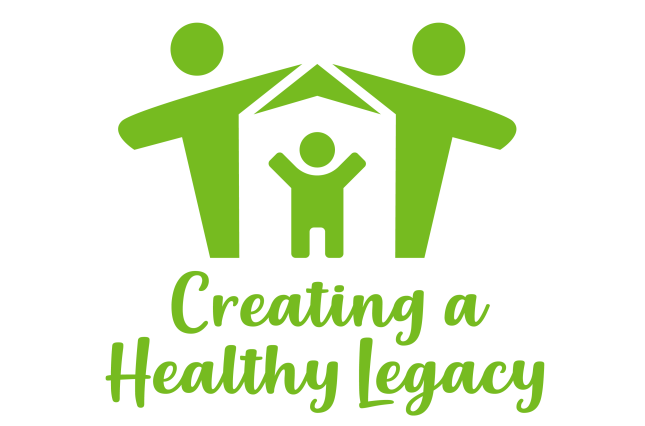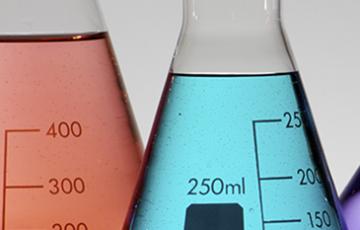

Healthy Legacy is a program of Clean Water’s Minnesota office and is designed to lead the way to a toxic-free Minnesota through community organizing, coalition building, and policy change.
Learn More
↓
Healthy Legacy was created because across Minnesota, people are involuntarily exposed to toxic chemicals in our drinking water, the air we breathe, the soil we grow food in, and in everyday household products. Not only can it be dangerous to come into direct contact with these chemicals, but once disposed of, landfilling and incineration both disperse toxic chemicals back into our air and water, including sources that supply our drinking water.
Healthy Legacy seeks to:
End the use of toxic chemicals in products such as children’s toys, carpets, cosmetics, ski wax, cookware, outerwear, textiles, and more through advocacy at the Capitol and by educating the community.
Engage historically marginalized communities who have typically carried the heaviest burden from pollution and water quality.
Support businesses of all sizes in making responsible decisions to move their supply chain away from dangerous ingredients and components to more sustainable, healthy, future focused products, components, and packaging.
Educate residents about how they can influence the policies and decisions made at the local, state, and federal level.
Support businesses as they promote toxic-free choices for consumers.

Healthy Legacy: Minnesota Policy Victories
Updates & Actions
Get Involved!

Fighting for Safer Chemicals: Minnesota's Healthy Legacy Coalition
Making Safer Choices for You and Your Family
Reduce your use
Reduce your exposure to harmful chemicals by cutting down on the number of products you use daily.
Avoid the ingredient "Fragrance"
Fragrance is a term created by the cosmetic and personal care product industries. Many different chemicals are used to create fragrance and companies are not required to disclose exactly which chemicals are used in your product.
See how your products rate for safety
Look up your products on the Skindeep database to see how your products rate for safety.
Heat your food in glass or ceramic instead of plastic
When exposed to high heat, chemical additives leach from the plastic into your food.
Safer Plastics: Look for #1, #2, #4 and #5
These numbers will often appear on the bottom of products in a triangle.
Plastics To Avoid
#3 Plastic: Also called PVC or vinyl. This plastic has polluted many U.S. communities and contains toxic additives such as lead, cadmium and phthalates. Choose safer plastics and look for items labeled PVC -Free.
#6 Plastic/Polystyrene: Polystyrene plastic (Styrofoam) contains styrene, a cancer causing chemical. Choose reusable cups, dishes or paper plates and cups rather than styrofoam.
#7 PC Plastic/Polycarbonate: This plastic contains Bisphenol A (BPA) a hormone disrupting chemical that can contribute to early onset puberty, childhood obesity, diabetes and other health problems. Choose stainless steel, glass or safer plastics.
Avoid canned foods when possible, choose fresh or frozen instead. The majority of canned food is lined with BPA, a hormone disrupting chemical, that leaches from the lining. Purchase canned foods only from companies that fully disclose the identity and safety of their can linings.
Choose safer packaging such as paper, glass, Tetra Packs, or food packaged in #1, #2, #4 or #5 plastics.
What's a Tetra pack? Tetra packs, commonly used for kid's juice boxes, are made primarily of paperboard with thin layers of LDPE plastic and aluminum foil. More food is being packaged in Tetra packs, such as beans, soup and broth.
Avoid microwave popcorn and grease resistant food packaging which often contains PFAS. PFAS chemicals have been linked to a variety of adverse health effects.
- Food packaging includes any container that is used to market, protect, handle, deliver, serve, contain, or store a food or beverage.
- The law applies to any layer of packaging, including a unit package, an intermediate package, and a shipping container.
- The law applies to everything from the inks used on food and beverage containers to the interior or exterior blocking, bracing, cushioning, weatherproofing, tape, shrink wrap, or strapping used to protect the containers during shipping.
Since 1975, toxic chemicals have been added to home furnishings as flame retardants. Unnecessary and hazardous, these chemicals accumulate in dust and our bodies. Some flame retardants can cause cancer, disrupt hormones and lower I.Q. The majority of furniture manufacturers are now meeting stronger flammability standards without these toxins, while most mattress manufacturers are lagging behind.
Identify and replace items with flame retardants
Look at furniture tags. Tags with "Meets California flammability standard TB 117" contain toxic flame retardants.
Reduce dust
Flame retardants accumulate in dust. Wet dust frequently and use a HEPA vacuum filter.
Wash hands often
Reduce exposure from flame retardants in dust by washing your hands often, especially young children.
Purchase furniture without flame retardants
Look for tags stating "contains no added flame retardants". If the tag is unclear, contact the manufacturer and ask if they use flame retardant chemicals. Find out which home furnishing manufacturers are leaders and who has fallen behind.
General Purpose Cleaner
- 2 cups white vinegar
- 2 cups water
- 20 drops lemon or lavender essential oil (optional)
- Mix all ingredients in a 32 oz. spray bottle.
Soft Scrub
- ½ cup baking soda
- Liquid castile soap (add enough to make a creamy paste)
- Use to clean sink basin, tub or tile. Make on the spot as needed.
Toilet Bowl Cleaner
- Sprinkle toilet bowl with baking sod
- Drizzle with vinegar and soak 30 minutes.
- Scrub with toilet brush.
Floor Cleaner (including wood)
- Use ½ cup vinegar per gallon of water.
Drain Opener and Deodorizer
- ½ cup baking soda
- ½ cup vinegar
- Pour baking soda down drain, add vinegar.
- Let sit for 30 minutes.
- Flush with boiling water. Repeat if necessary.
Dryer Sheet Substitute
- Use ½ cup vinegar in the rinse cycle.
Cook with stainless steel, cast iron or glass.
Avoid nonstick pans coated with Teflon or other chemical coatings.
Discard pans that are scratched and worn. Never heat when empty or use under a broiler.
Use a stainless steel vegetable steamer.
Heat a little water in a pot, add your stainless steel vegetable steamer filled with cut veggies and cover. Steam your veggies until just tender.
Never heat food in plastic
Remove frozen food from plastic bags or containers and microwave in glass.
Frozen food packaged for convenience often contains instructions on heating your food in the packaging. While this plastic packaging will not melt, it has been shown to leach chemical additives into food when exposed to high heat.
Avoid steaming vegetables in plastic bags or cooking rice in boil in the bag packaging.



